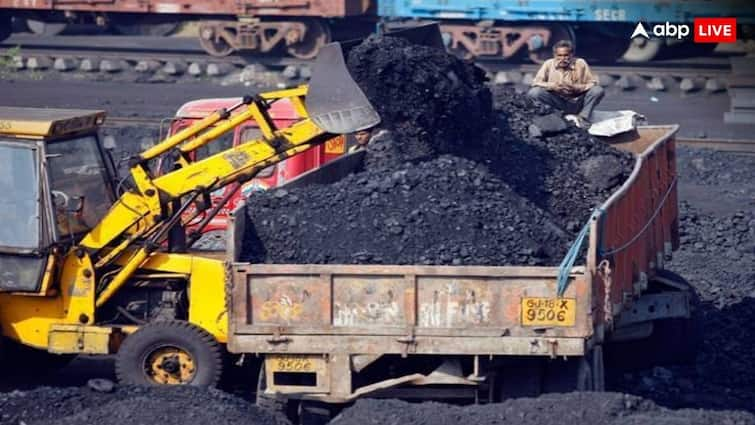Indian Railways: The BJP government led by Prime Minister Narendra Modi is celebrating the completion of nine years. Meanwhile, Indian Railways, still one of the preferred modes of transport, has made great strides in terms of safety. The number of train accidents has increased from 1,243 between 2006-07 and 2013-14 to 638 between 2014-15 and 2022-23. Prime Minister Narendra Modi Was sworn in as the Prime Minister on 26 May 2014. Under his leadership, the BJP then single-handedly won an absolute majority by winning 282 seats. He returned to power in the 2019 Lok Sabha elections with a huge mandate by winning 303 seats.
Senior official of Railway Ministry gave information
A senior railway ministry official said that after the BJP government came to power, the focus has been on improving passenger safety and preventing rail accidents. The official said, safety was given top priority in the Railways with zero tolerance for rail accidents. The ministry worked towards the elimination of unmanned railway crossings, which was a serious threat to safety.
safety index crash improved
The official said that the efforts of the ministry paid off. The Railways was able to bring down consequential train accidents from 1,243 during the period 2006-07 to 2013-14 to 638 during the period 2014-15 to 2022-23, which is a reduction of 54. An important safety index accident per 10 lakh train kilometer was 0.23 in 2006-07 which has come down to 0.10 in 2013-14, and 0.03 in 2022-23. The official informed that 5,687 unmanned level crossings were eliminated in a period of five years between 2009-2014.
level crossing removed
The ministry had removed 8,948 level crossings from April 2014 to January 2019, of which 3,479 were removed in 2018-19 alone. The last unmanned level crossing (UMLC) on the broad gauge network of railways was abolished on 31 January 2019. 3,981 manned level crossings were also removed from the network during 2019-2023.
new type of coaches installed
In order to improve the safety of passengers, Railways also decided to stop the production of ICF type coaches from the year 2018-19 and to install only LHB coaches in future. Linke Hofmann Busch (LHB) coaches are technologically more advanced than the conventional Integral Coach Factory (ICF) type coaches and have better ride, aesthetics and safety features. The official said that in January 2018, it was decided to produce LHB coaches which are safer in accidents.
Situation improved by national ATP system
Only 3,1860 LHB coaches were manufactured between 2009 and 2014 under the previous government at an average of 372 per year. But the pace of manufacturing new LHB coaches per year has now increased to 3,550 from 2014-23. In the last nine years, 31,956 LHB coaches have been made. The official further said that the ministry has also decided to install an indigenously developed national ATP (automatic train protection) system named Kavach on the main line network. This armor system has been developed to avoid over speeding, pass signals in case of danger and better train running in bad weather like thick fog etc.
double the production of electric locos
The official said that work has been sanctioned for more than 35,000 route km. The official claimed that the production of electric locos has also doubled in the last nine years. Only 1,230 electric locomotives were produced from 2009-14 at an average of 246 per year. Whereas, between 2014 and 2023, 5,253 electric locos were produced, an average of 584 every year.
Northeast has been linked to the railway network
Apart from improving safety, the Ministry of Railways also focused on connecting the Northeast with the railway network. In the last nine years, the ministry has connected the remaining seven North Eastern states with rail network except Sikkim. Work is going on in Sikkim. He said that out of these seven North Eastern states, four – Meghalaya, Arunachal Pradesh, Manipur and Mizoram have been provided rail connectivity after 2014. Rail connectivity to Meghalaya was established in November 2014, Itanagar in Arunachal Pradesh in February 2015, Jiribam in Manipur in May 2016 and Bhairabi in Mizoram in March 2016. The official said that the existing meter gauge (MG) railway line till Agartala in Tripura was converted to broad gauge in May 2016.
read this also





